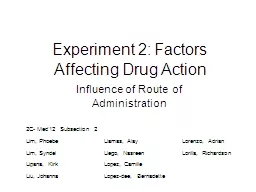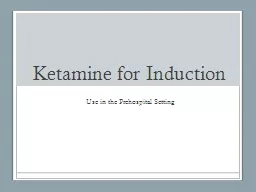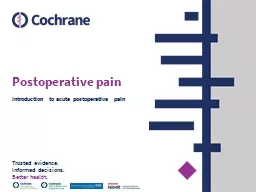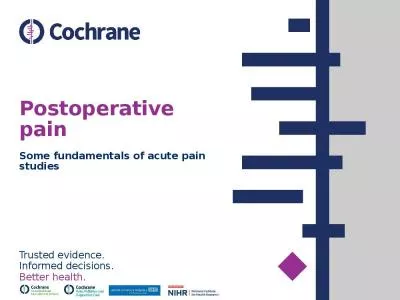PPT-Ketamine for Acute Pain Pain
Author : marina-yarberry | Published Date : 2018-11-14
Pain is defined as suffering or feeling of discomfort In EMS usually caused by acute injury or illness Pain can be physical emotional or mental EMS faces all types
Presentation Embed Code
Download Presentation
Download Presentation The PPT/PDF document "Ketamine for Acute Pain Pain" is the property of its rightful owner. Permission is granted to download and print the materials on this website for personal, non-commercial use only, and to display it on your personal computer provided you do not modify the materials and that you retain all copyright notices contained in the materials. By downloading content from our website, you accept the terms of this agreement.
Ketamine for Acute Pain Pain: Transcript
Download Rules Of Document
"Ketamine for Acute Pain Pain"The content belongs to its owner. You may download and print it for personal use, without modification, and keep all copyright notices. By downloading, you agree to these terms.
Related Documents














